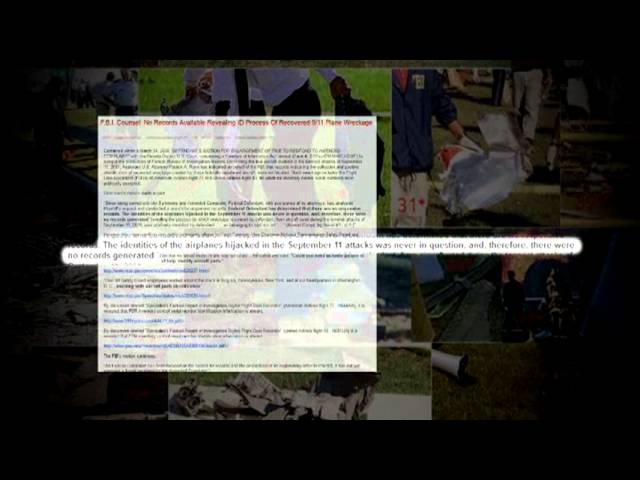Skygate 911 is one of many independently produced conspiracy theory films released in the aftermath of the September 11th attacks that questions whether the United States government played a role in its own country’s greatest modern tragedy. Produced by a group called Pilots for 9/11 Truth, Skygate 911 considers the events of 9/11 from the perspective of aviation professionals. The filmmakers defer to their audience to act as a jury for the case they make as they call into question the accepted narrative of 9/11. Considering the events of that day resulted in the two longest running wars in US history, they compellingly argue that the following questions warrant serious consideration: Is the government offering supporting evidence for their claims? Is the evidence the government has offered sufficient for their actions? Does the evidence conflict with their story? And has the evidence proven beyond a reasonable doubt justification for their actions at home and across the globe? By analyzing the physical structure of the planes, take off time from the airport, speed of flight, and supposed location of the different black boxes, the filmmakers pick apart the data that has previously been cited as evidence in support of the 9/11 Commission Report. The film itself serves as a slightly more sophisticated PowerPoint presentation, leaning heavily on the Ken Burns effect with the camera slowly zooming in and panning around spreadsheets, documentation, infographics, and maps, with a peppering of stock footage thrown in here and there. The narration is even-toned and matter-of-fact, and the simplicity in production helps the filmmakers make their plea for a fresh, independent investigation into 9/11 in a way that lands as rational and informational rather than emotional. By examining the various aviation-related elements of the 9/11 attacks the film offers a unique angle on a topic that has been scrutinized for going on fifteen years. Skygate 911 challenges the American government’s narrative of the 9/11 attacks, adding one more voice to the existing cacophony of skepticism by presenting their materials to their audience as if it were an actual court case.
Skygate 911

